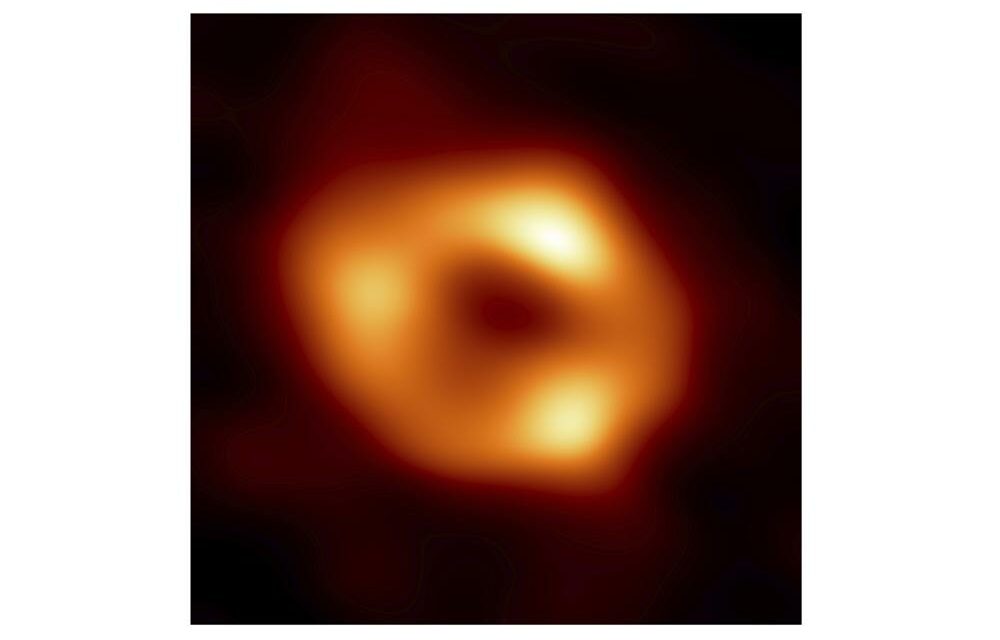Written by SETH BORENSTEIN
The world got a look Thursday at the first wild but fuzzy image of the supermassive black hole at the center of our own Milky Way galaxy.
Astronomers believe nearly all galaxies, including our own, have these giant black holes at their center, where light and matter cannot escape, making it extremely hard to get images of them. Light gets chaotically bent and twisted around by gravity as it gets sucked into the abyss along with superheated gas and dust.
The colorized image unveiled Thursday is from the international consortium behind the Event Horizon Telescope, a collection of eight synchronized radio telescopes around the world. Previous efforts had found the black hole in the center of our galaxy too jumpy to get a good picture.
The University of Arizona’s Feryal Ozel called the black hole “the gentle giant in the center of our galaxy” while announcing the new image.
The Milky Way black hole is called Sagittarius A(asterisk), near the border of Sagittarius and Scorpius constellations. It is 4 million times more massive than our sun.
This is not the first black hole image. The same group released the first one in 2019 and it was from a galaxy 53 million light-years away. The Milky Way black hole is much closer, about 27,000 light-years away. A light year is 5.9 trillion miles (9.5 trillion kilometers).
The project cost nearly $60 million with $28 million coming from the U.S. National Science Foundation.
Photo via Event Horizon Telescope Collaboration and AP.
Related Stories
‹
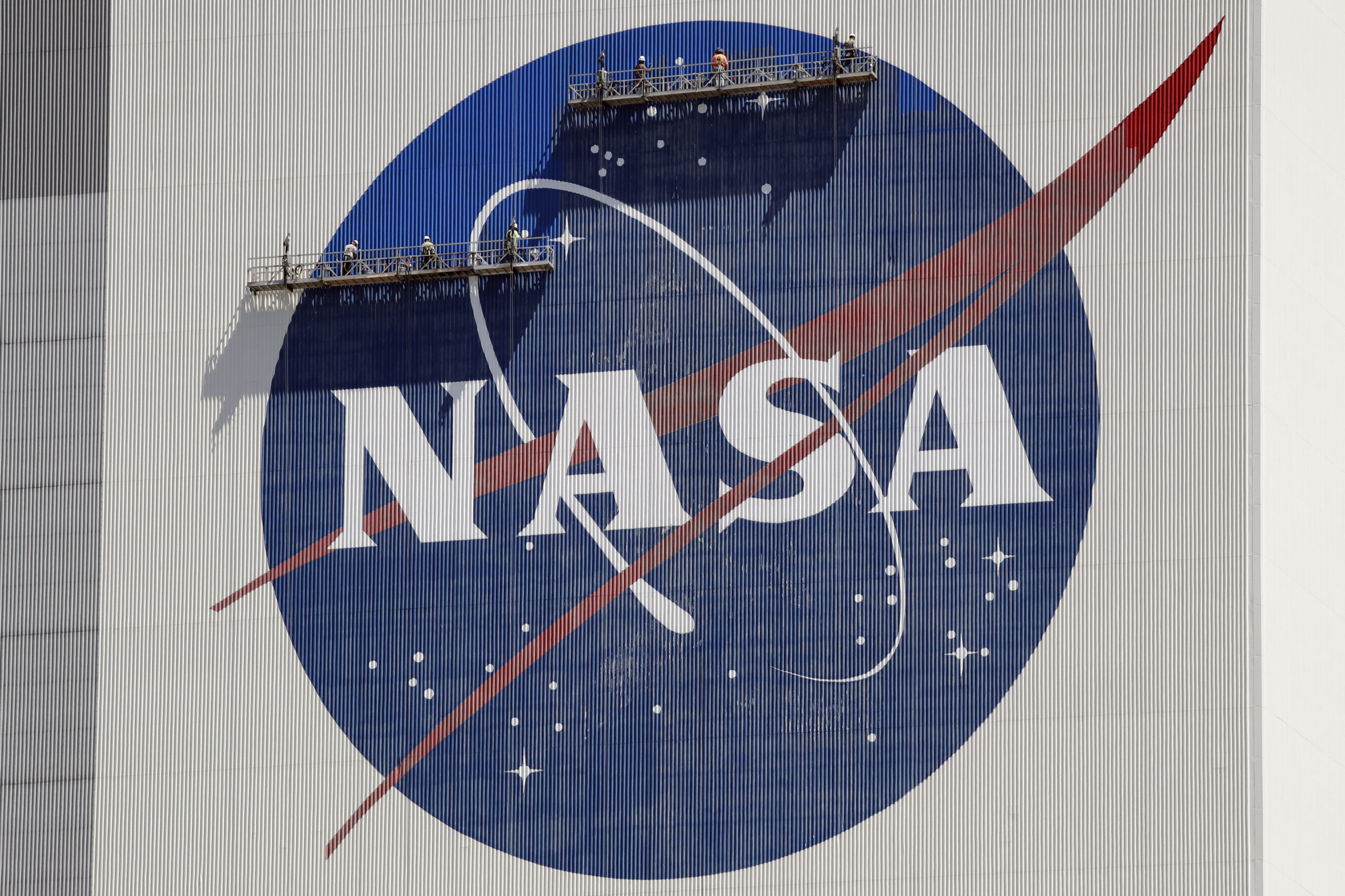
NASA Releases UFO Report and Says More Science and Less Stigma Are Needed To Understand ThemWritten by MARCIA DUNN NASA said Thursday that the study of UFOs will require new scientific techniques, including advanced satellites as well as a shift in how unidentified flying objects are perceived. The space agency released the findings after a yearlong study into UFOs. In its 33-page report, an independent team commissioned by NASA cautioned that the negative […]
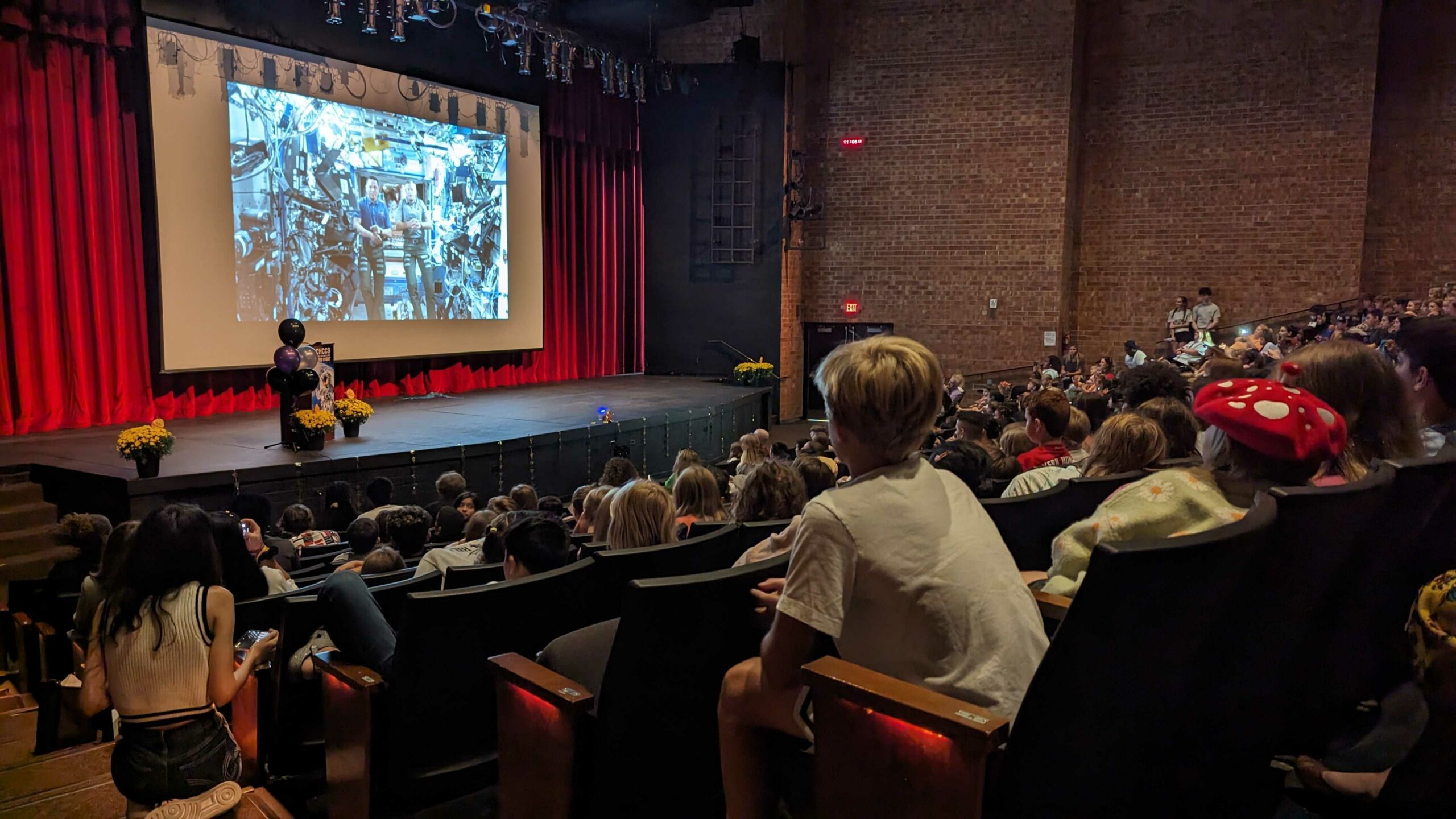
Astronauts Answer CHCCS Students Questions From Space to Help Promote STEMSome Chapel Hill-Carrboro City Schools students taped questions and heard live responses from the International Space Station on Wednesday.
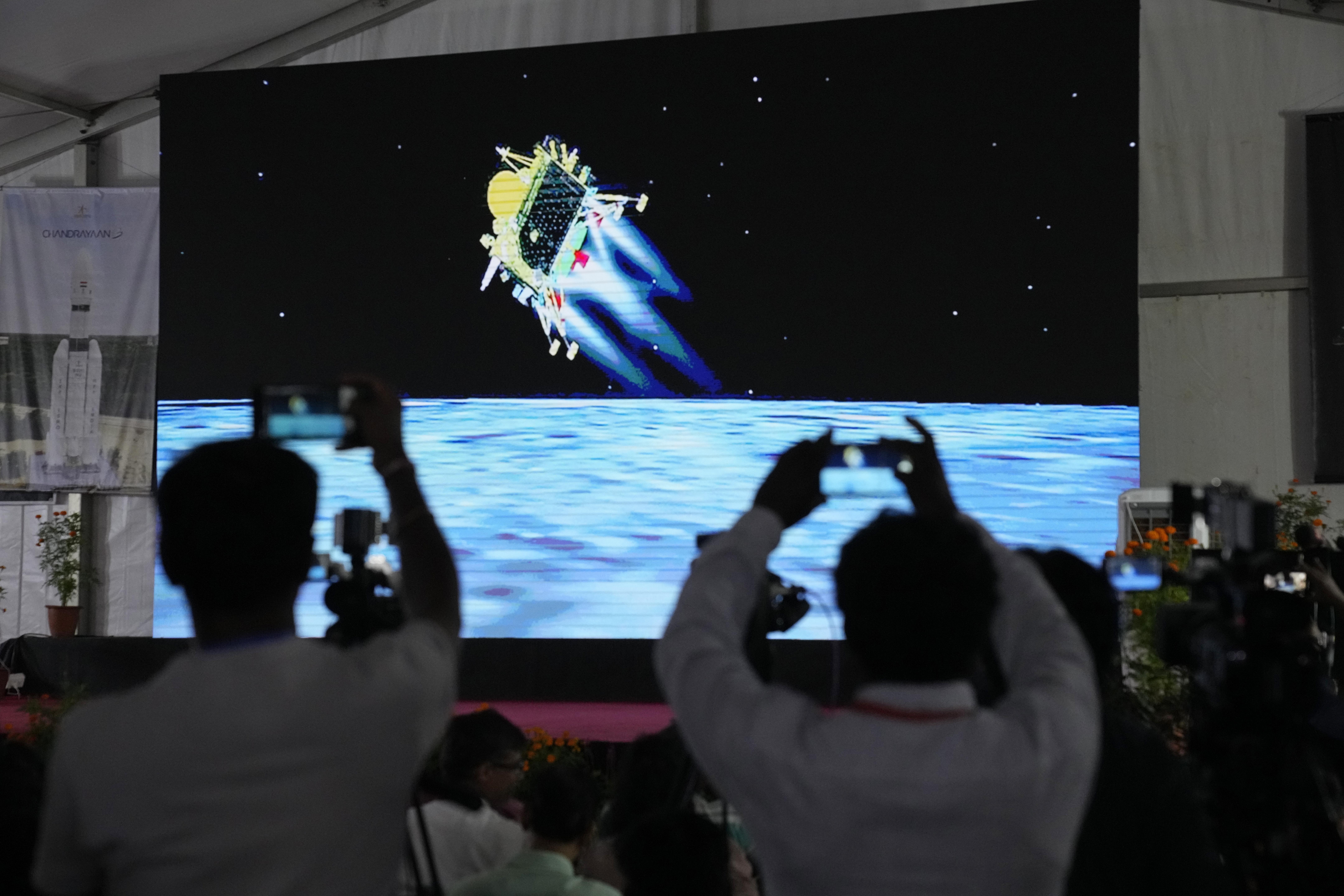
India Lands a Spacecraft Near the Moon’s South Pole, a First for the World as It Joins Elite ClubWritten by ASHOK SHARMA and KRUTIKA PATHI India on Wednesday made history as it became the first country in the world to land its spacecraft near the moon’s south pole, an uncharted territory that scientists believe could hold vital reserves of frozen water, and the fourth country to achieve a moon landing. A lander with […]
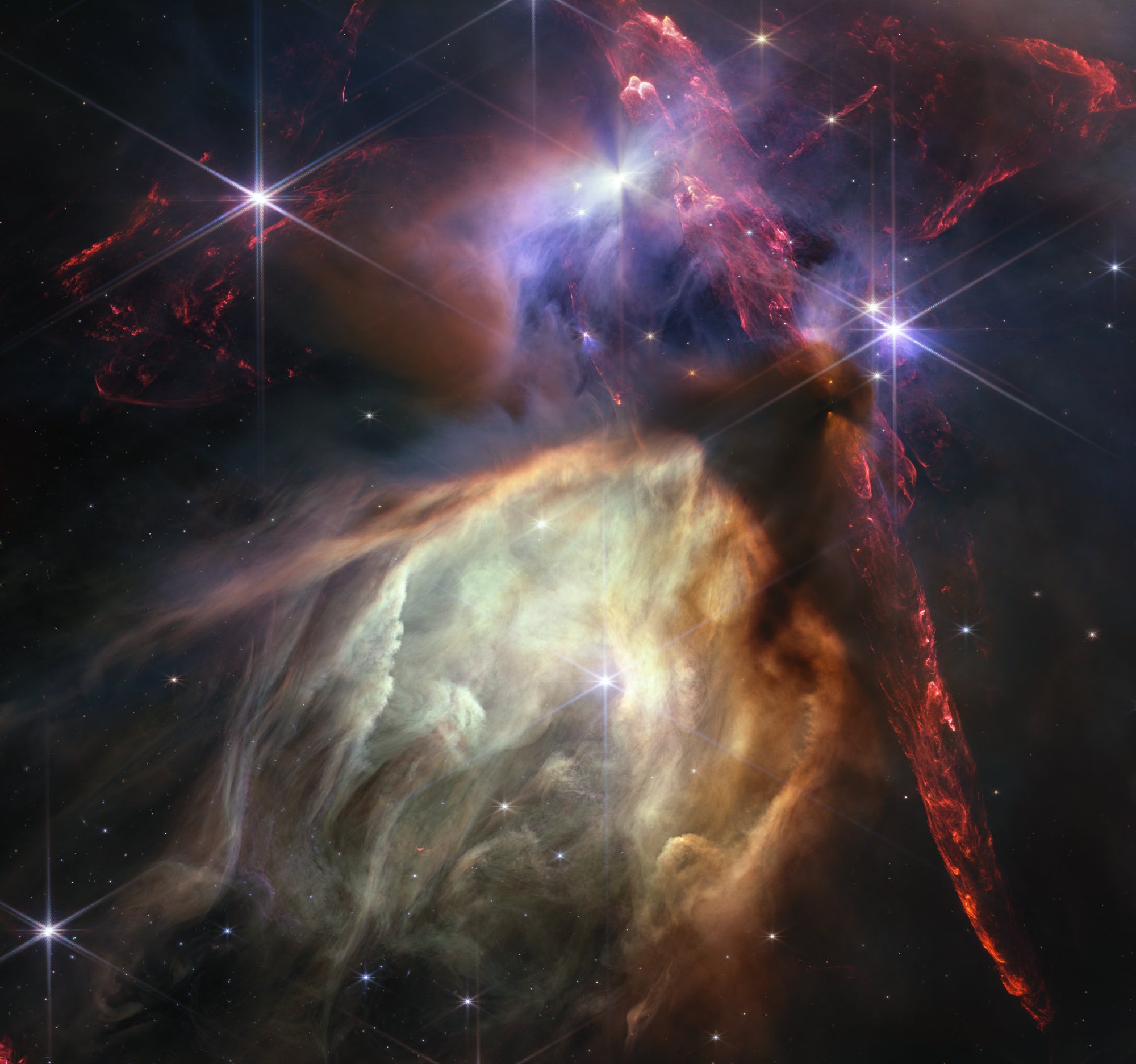
Webb Space Telescope Reveals Moment of Stellar Birth, Dramatic Close-up of 50 Baby StarsWritten by MARCIA DUNN The Webb Space Telescope is marking one year of cosmic photographs with one of its best yet: the dramatic close-up of dozens of stars at the moment of birth. NASA unveiled the latest snapshot Wednesday, revealing 50 baby stars in a cloud complex 390 light-years away. The region is relatively small […]
![]()
Carrboro Discusses Lack of Cemetery Space, Plans ImprovementsCarrboro is facing a dilemma — the town is running out of municipal cemetery space. In a Carrboro Work Session on October 11, council members discussed how the town plans to meet their burial demand and cemetery improvements.
![]()
Bam! NASA Spacecraft Crashes Into Asteroid in Defense TestWritten by MARCIA DUNN A NASA spacecraft rammed an asteroid at blistering speed Monday in an unprecedented dress rehearsal for the day a killer rock menaces Earth. The galactic slam occurred at a harmless asteroid 7 million miles away, with the spacecraft named Dart plowing into the space rock at 14,000 mph. Scientists expected the […]
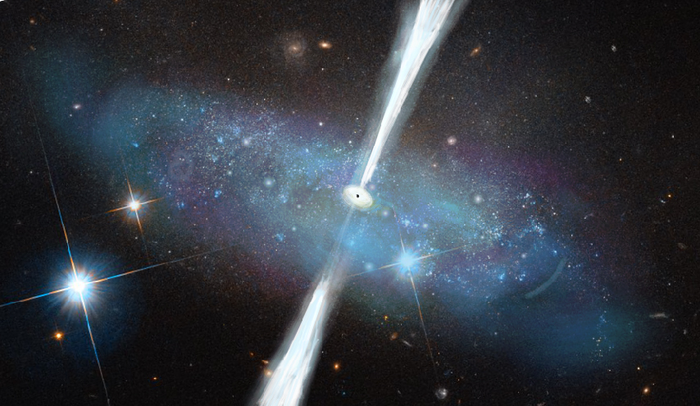
UNC Team Shares 'Game-Changer' Research on Black Holes, Dwarf GalaxiesEditor’s Note: This article has been updated to better reflect the research completed by the Kannappan team, including the timeline of their methodology’s testing and prevalence of black holes in dwarf galaxies. Last week, people around the world were enamored by the first photos from the James Webb Space Telescope, which showed the […]
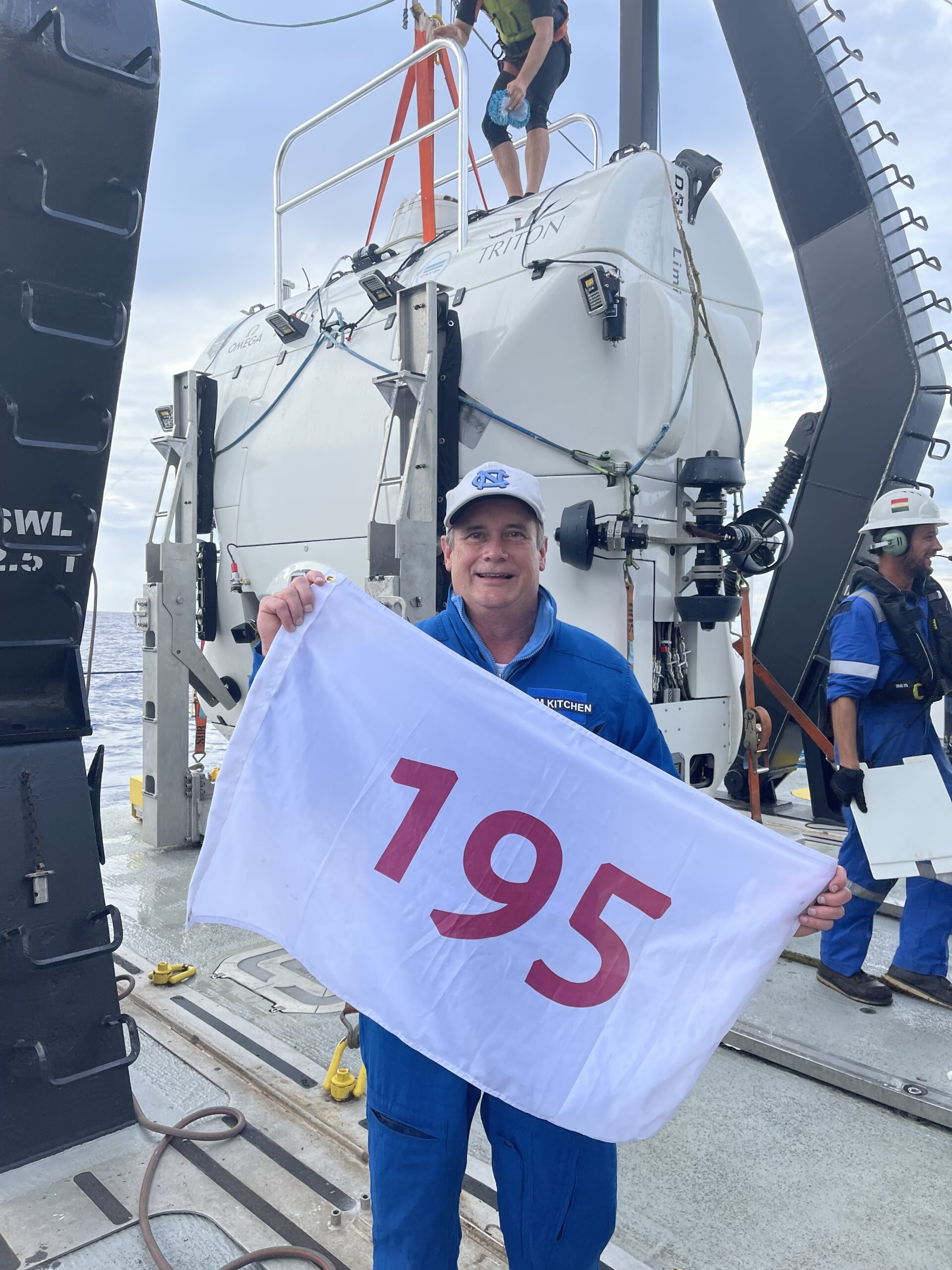
What’s After Outer Space? If You’re Jim Kitchen, It’s the Deepest Part of the OceanAfter visiting all 193 UN countries and outer-space, UNC Professor Jim Kitchen decided to venture to the deepest part of the ocean.
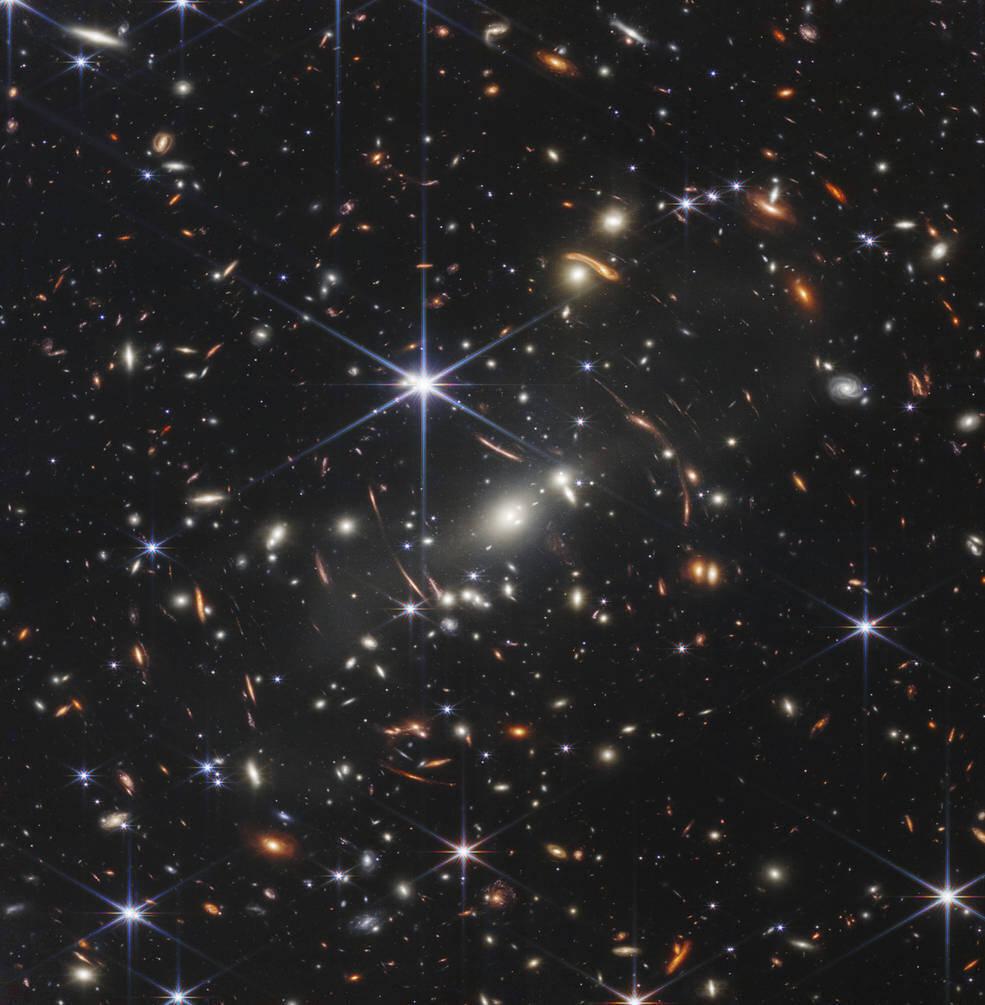
Far Out: NASA Space Telescope’s 1st Cosmic View Goes DeepWritten by SETH BORENSTEIN Our view of the universe just expanded: The first image from NASA’s new space telescope unveiled Monday is brimming with galaxies and offers the deepest look of the cosmos ever captured. The first image from the $10 billion James Webb Space Telescope is the farthest humanity has ever seen in both […]
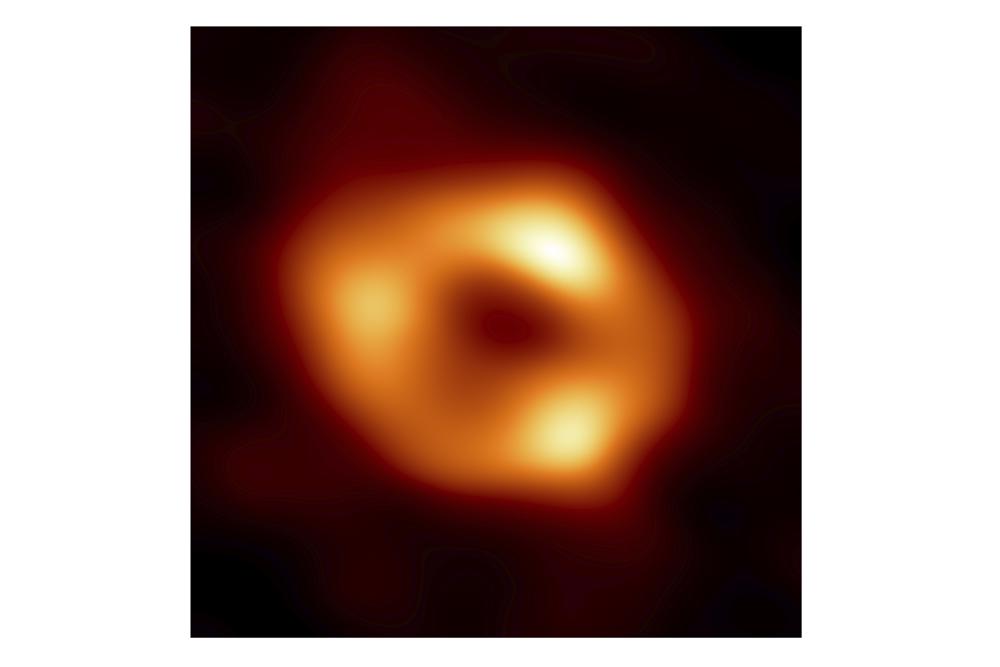
Astronomers Capture 1st Image of Milky Way’s Huge Black HoleWritten by SETH BORENSTEIN The world got a look Thursday at the first wild but fuzzy image of the supermassive black hole at the center of our own Milky Way galaxy. Astronomers believe nearly all galaxies, including our own, have these giant black holes at their center, where light and matter cannot escape, making it […]
›

